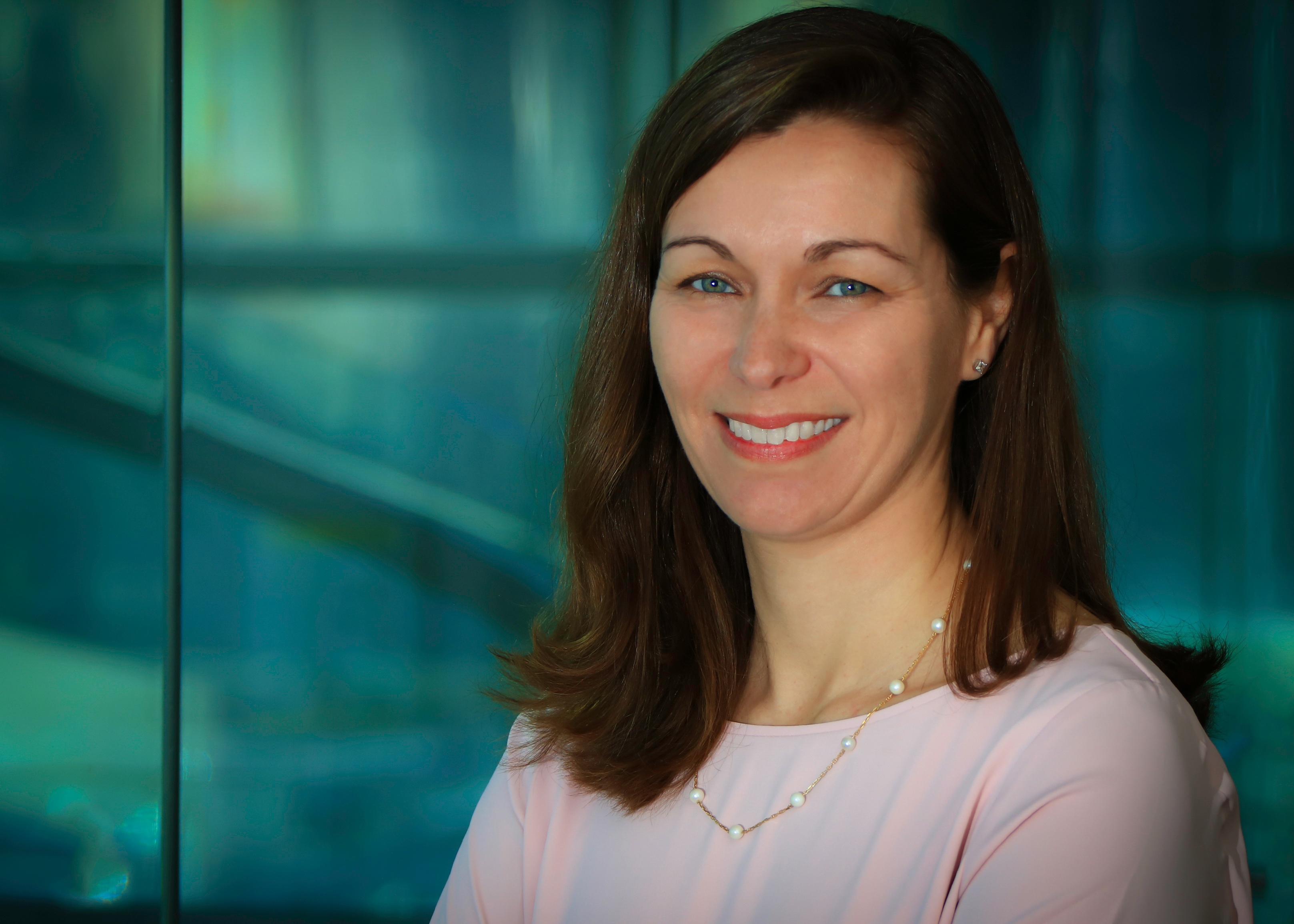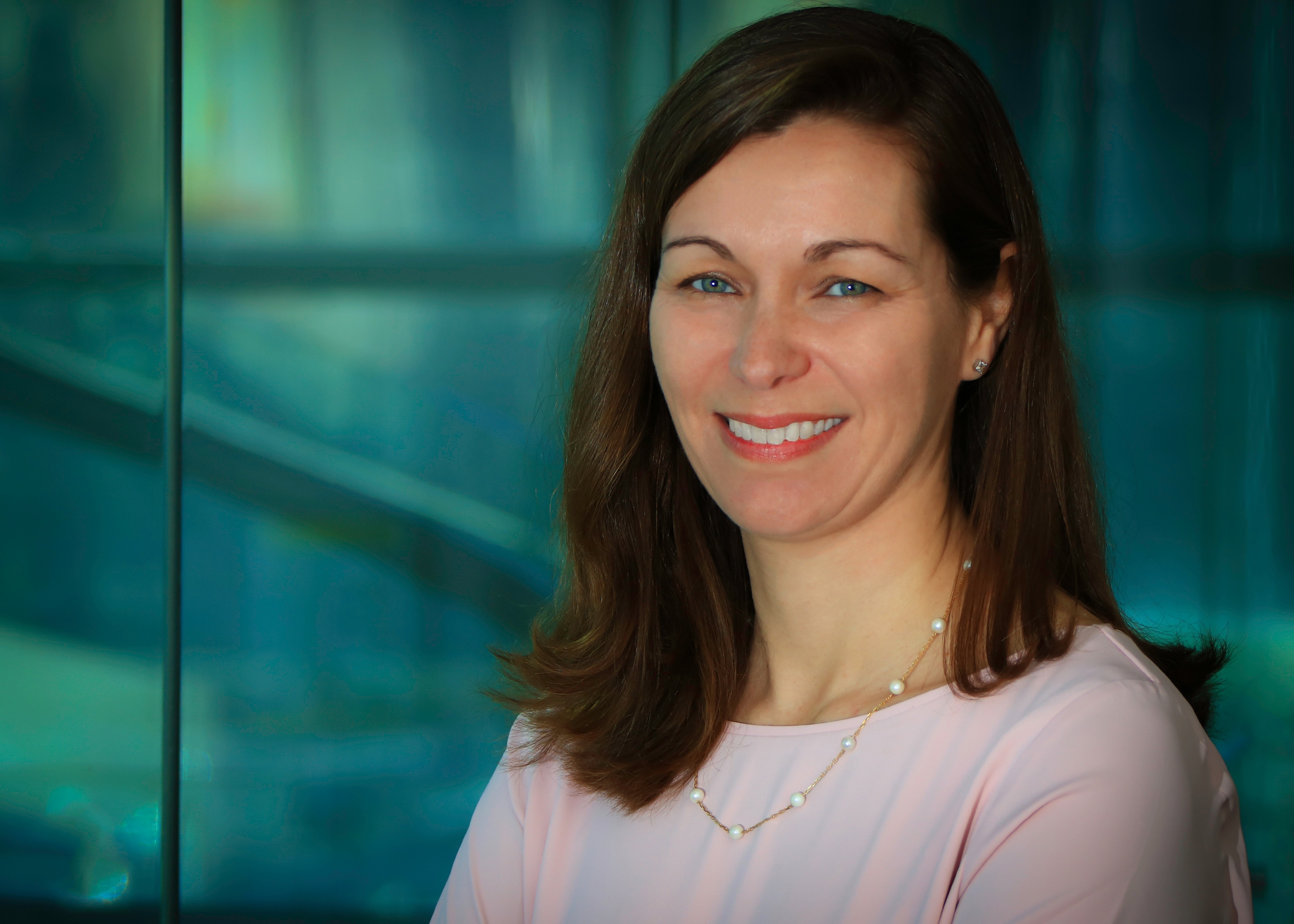Science of Hope: Learning from setbacks
Thanks to scientists and researchers like Jen, there are 836 medicines and vaccines in development for cancer.

Science of Hope: Learning from setbacks.
Thanks to scientists and researchers like Jen, there are 836 medicines and vaccines in development for cancer.

Science of Hope: Learning from setbacks.
America’s biopharmaceutical research companies are committed to developing new treatments and cures that improve health and save patient lives. Jen O’Neil, principal oncology scientist at Merck, recently shared her story about the importance of collaboration in the research and development process and how this environment inspires her despite the setbacks along the way.
“Research is extremely challenging, but I come here every day and know that I am surrounded by some of the smartest people in the world, and they are all truly motivated toward a common goal – to improve human health,” O’Neil says.
Biopharmaceutical innovation does not happen overnight. Because of the complex nature of human diseases, the research and development (R&D) process is often arduous. In fact, it takes more than 10 years and $2 billion to develop a new medicine. While setbacks are an inherent part of this complex process, the odds of success are low – just 12 percent of drugs entering clinical trials ever make it to patients. These challenges will only grow as biopharmaceutical researchers continue to focus on some of the most complex diseases and use completely new approaches to fight disease on the molecular and genetic level. While R&D remains a challenge, America’s biopharmaceutical companies are persevering to research new treatments to help patients live longer, healthier lives.
Jen notes that every time her team experiences a setback, they take those findings onto the next project and it makes their research even better.
 In addition to her role as a scientist, she also co-leads a volunteer committee at Merck. Her favorite activity is volunteering at the Hope Lodge, where she makes dinner and visits with patients who are benefiting from cancer treatment at local Boston hospitals. The chance to interact with these oncology patients helps her feel more connected to the patients she is helping and reminds her of the importance of her work every day in the lab.
In addition to her role as a scientist, she also co-leads a volunteer committee at Merck. Her favorite activity is volunteering at the Hope Lodge, where she makes dinner and visits with patients who are benefiting from cancer treatment at local Boston hospitals. The chance to interact with these oncology patients helps her feel more connected to the patients she is helping and reminds her of the importance of her work every day in the lab.
Thanks to scientists and researchers like Jen, there are 836 medicines and vaccines in development for cancer, 80 percent of which have the potential to be first-in-class treatments. Today, millions of Americans living with cancer have hope for a brighter future due in large part to the science of hope.
To learn more about what America’s biopharmaceutical research scientists are doing to advance the science of hope, click here.